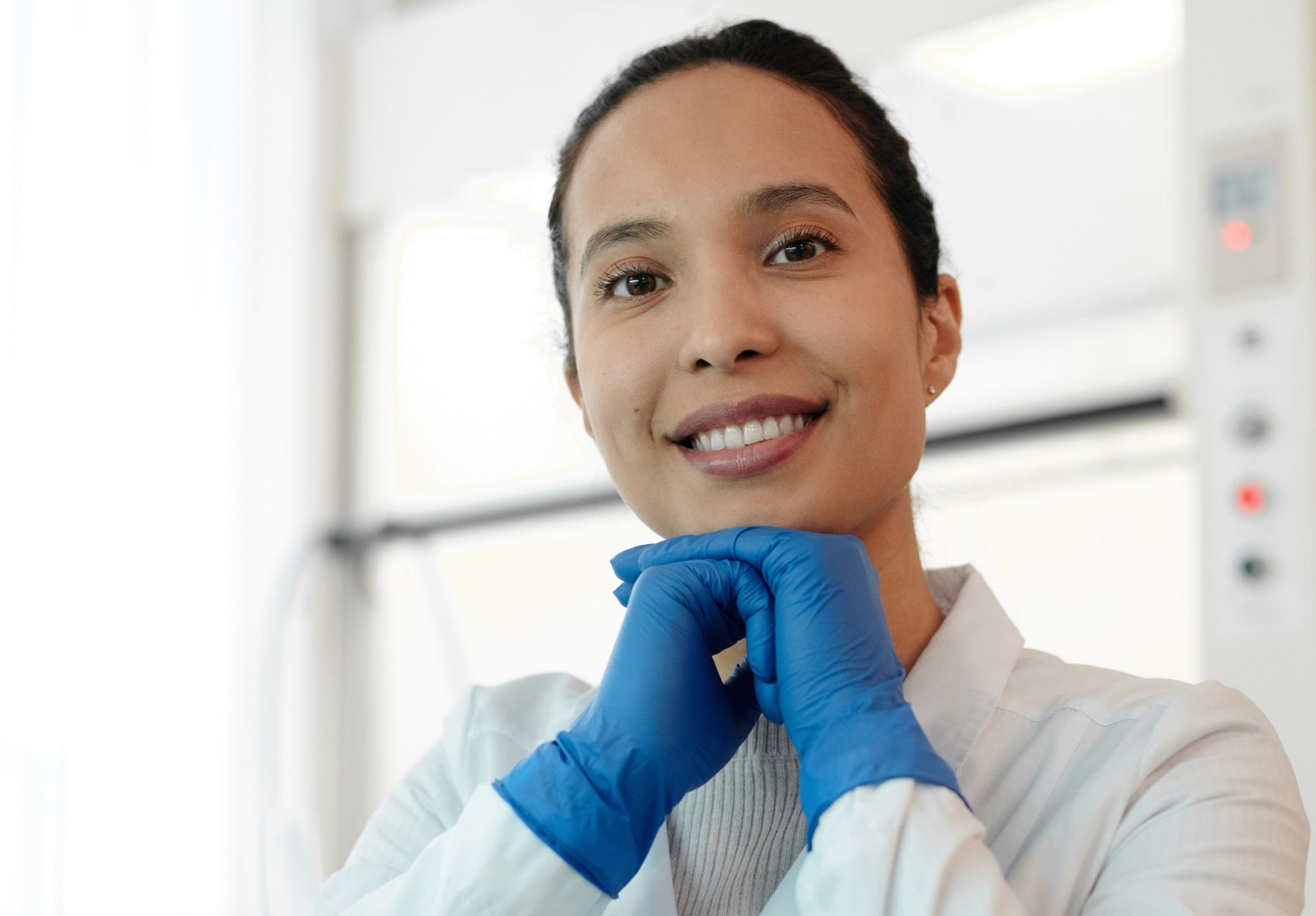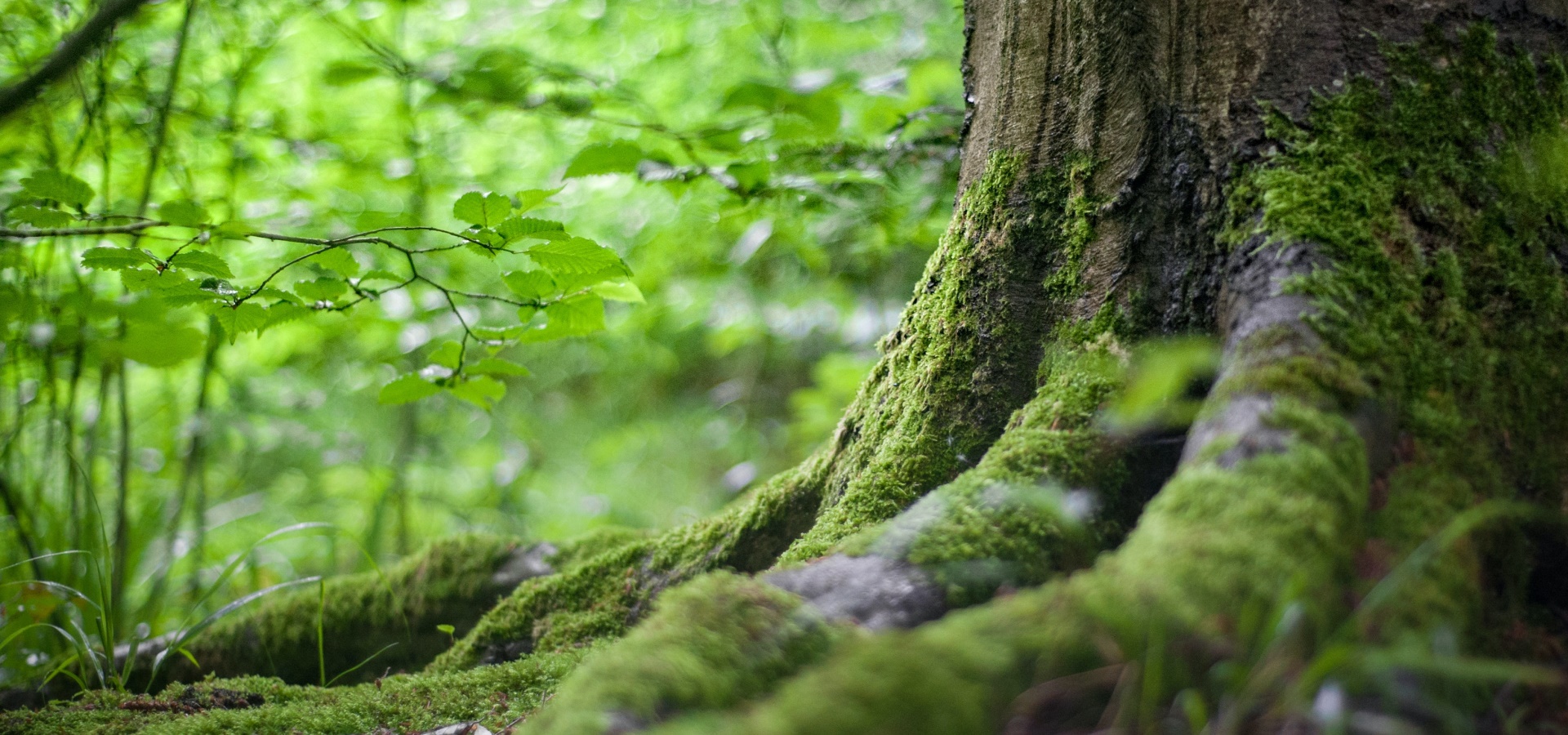Want to talk sustainability?
We do too.
Get in touch
Published .
Today we celebrate the international day of women and girls in science. The SustainX family is packed with women in science. To celebrate, we asked Sustainability Manager Amalie Bastrup-Birk about her dreams and path within science.
Why did you choose to take a BA in Geology and Geoscience and a MSc. in Climate Change?
Before starting my BA, I dreamt of living in Iceland and studying volcanos. I have always been interested in plate tectonics and magma processes, and in general, I just thought volcanos were fascinating. During my bachelor’s, I realized that my path was not meant to be a hardcore researcher, and my dream changed. Instead, I wanted to make a difference for the planet, and I quickly found interest in climate change mitigation. Therefore, I took a Master’s degree in Climate Change at Copenhagen University to gain a more interdisciplinary aspect and learn about solutions to combat climate change.
Do you have any female role models in science?
During my studies, I experienced a lack of female role models in science. I was missing women I could mirror myself in and reflect my future aspirations in. Today, I am inspired by women like Katherine Richardson, who combines her research in oceanography and planetary boundaries with political and educational work. But in general, I would love to see more women in science and also a part of the top of the private sector.
What scientific activities do you work with at SustainX?
At SustainX, I use my degree when I conduct Scope 3 calculations. We also work with a lot of big data sets, Power BI and apps, and my knowledge of the Green House Gas Protocol has also been very useful. Lastly, I develop educational material for SustainX Academy. Last week, for example, I helped develop an online course on SDG 5 – Gender Equality – a goal that very much aligns with the objective of this Women and Girls Day in Science. I strongly believe that continuing to educate yourself is a necessity, and I am looking forward to improving my skills on conducting life cycle assessments (LCA) on a five-day course in March
Why do you think it is important to bring more women into the scientific field?
First of all, it is a fact that women make up 50% of the global population. Many competencies, resources, and knowledge are lost if we do not work for higher equality and educational opportunities for women and girls. Second, science shows that diversity in a group provides better results and new angles on problems and tasks. In order to face the global climate issues, we need to create environments that can think differently and bring new ideas to the table. Which brings me on to my last point. Everyone needs to contribute if we want to realize the 2030 agenda and a more sustainable planet – and gender equality is a large part of that
Happy International Day of Women and Girls in Science!
